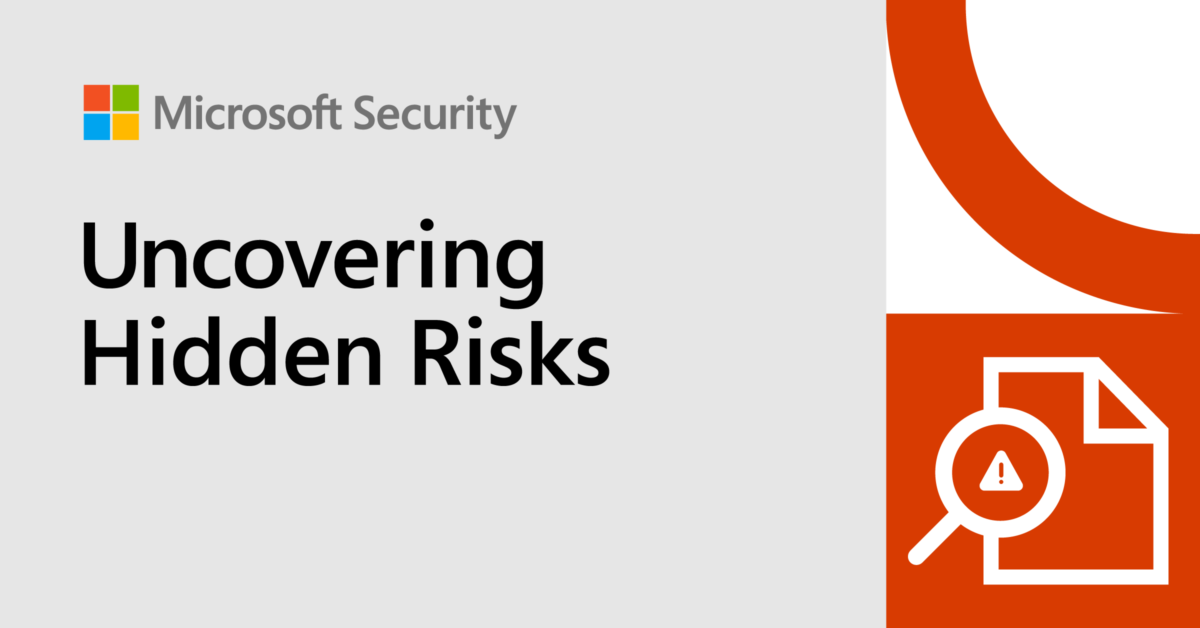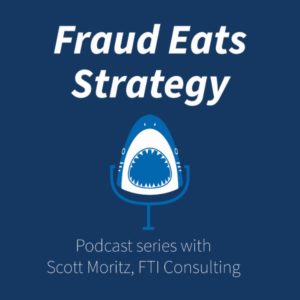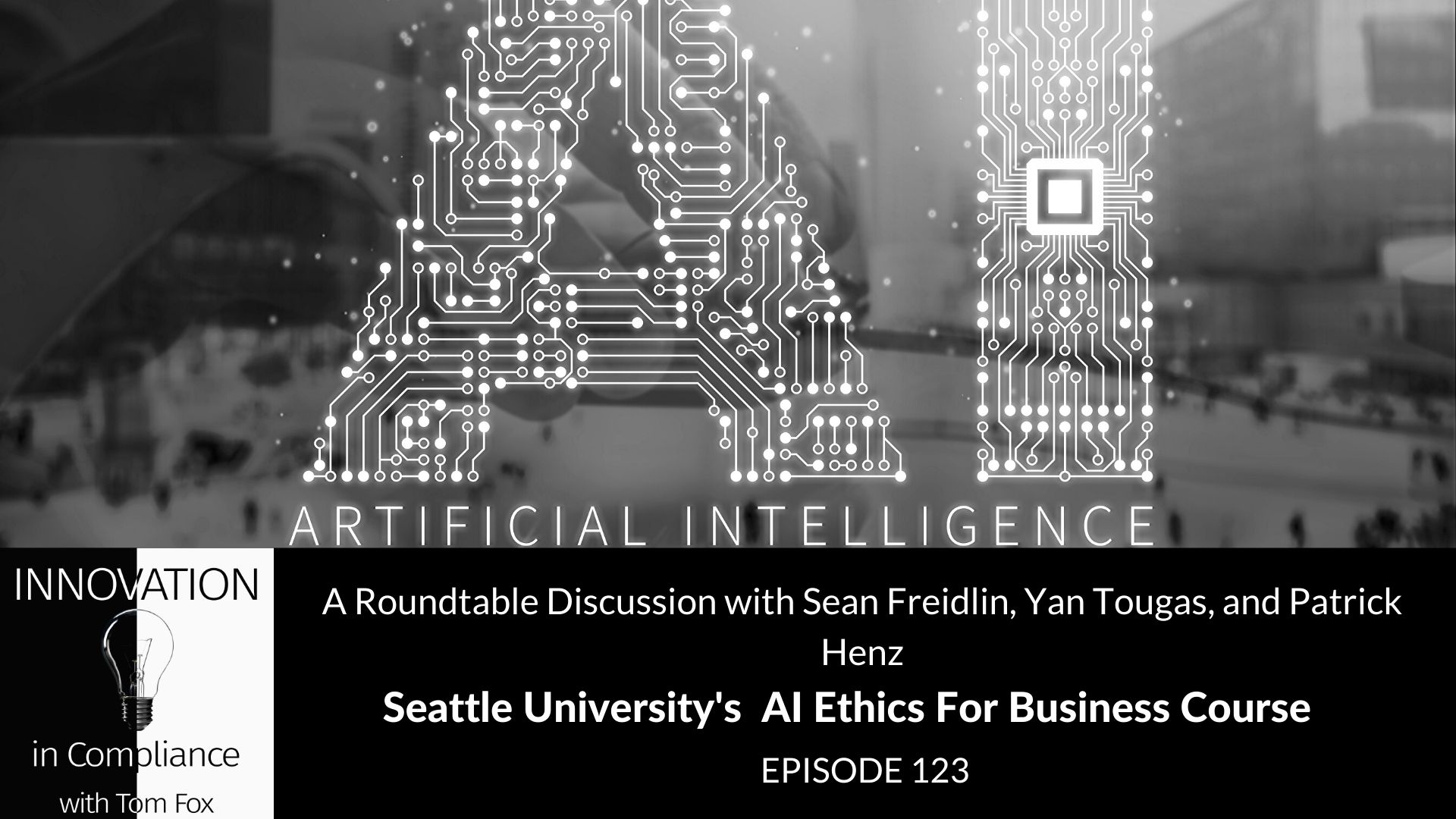 Many Chief Compliance Officers (CCOs) are still challenged by the concept of internal marketing for a compliance program. Indeed folks like Ronnie Feldman, founder of L&E Creative, and Ricardo Pellafone, founder of Broadcat, are on a mission to move the compliance profession away from rote, boring and frankly useless training and communications tools. I was therefore intrigued by a Harvard Business Review (HBR) article, entitled “How to Design an AI Marketing Strategy: What the technology can do today—and what’s next”, by Thomas H. Davenport, Abhijit Guha, and Dhruv Grewal where the authors focus on the use of Artificial Intelligence (AI) in marketing. I was interested in how their work could be adapted for the compliance professional. Over the next couple of blog posts, I will be using this article as a jumping off point about how CCOs and compliance professionals can use AI for internal compliance communications and communications with key stakeholders outside your organization that you need to work with on compliance, such as third-party agents and vendors in the Supply Chain.
Many Chief Compliance Officers (CCOs) are still challenged by the concept of internal marketing for a compliance program. Indeed folks like Ronnie Feldman, founder of L&E Creative, and Ricardo Pellafone, founder of Broadcat, are on a mission to move the compliance profession away from rote, boring and frankly useless training and communications tools. I was therefore intrigued by a Harvard Business Review (HBR) article, entitled “How to Design an AI Marketing Strategy: What the technology can do today—and what’s next”, by Thomas H. Davenport, Abhijit Guha, and Dhruv Grewal where the authors focus on the use of Artificial Intelligence (AI) in marketing. I was interested in how their work could be adapted for the compliance professional. Over the next couple of blog posts, I will be using this article as a jumping off point about how CCOs and compliance professionals can use AI for internal compliance communications and communications with key stakeholders outside your organization that you need to work with on compliance, such as third-party agents and vendors in the Supply Chain.
The authors posit that in order to realize AI’s giant potential, marketers (or CCOs) need to have a good grasp of the various kinds of applications available and how they may evolve. They categorize AI along two dimensions: the first is the intelligence level and whether it stands alone or is part of a broader platform. Simple stand-alone task-automation apps are a good place to start. The second is the advanced level, which integrates applications that incorporate machine learning and have the greatest potential to create value.
Compliance marketing has a huge amount to gain from the use of AI. This is because a marketer’s core activities are to understand customer needs, matching them to products and services, and persuading people to utilize those products or services. These are all capabilities that AI can dramatically enhance. The only difference for the compliance professional is that your customers are your employees and third parties to your organization that need compliance communications.
The authors note that AI has made inroads in marketing, and they well expect it to take on larger and larger roles across the function in the coming years. With the enormous potential of AI, it is important for all compliance professionals to understand the types of marketing AI applications available today and how they may evolve. One of the key changes for compliance coming out of the Covid-19 pandemic has been the use of data. This same use of data can be applied to internal and stakeholder communications for your compliance program through AI strategies such as Robotic Process Automation (RPA).
Many corporate compliance functions now use AI to handle narrow tasks, assist with broad tasks, like enhancing the accuracy of predictions, and augment human efforts in structured tasks, such as customer service from the compliance function. There are multiple examples of current uses of AI by compliance. Some of these include:
- Chatbots for employee support,
- Inbound call analysis and routing, and employee comments and email analysis, classification, and response,
- Marketing campaign automation,
- Social-media planning and execution,
- Social-media sentiment analysis,
- Web analytics narrative generation,
- Website operation and optimization.
However, you can use AI in marketing for a wider variety of the employee lifecycle. When potential employees are in the pre-hire “consideration” phase and researching your organization, AI can help guide their search and this task. After hiring, AI-enabled bots can help compliance professionals understand employees’ compliance needs, increase their compliance engagement in a search, nudge them in a desired direction, and if needed, connect them to a compliance professional by chat, phone, video, or even “cobrowsing”—allowing a compliance professional to help an employee navigate a shared screen. Does that sound like marketing? You bet it does and that is why every CCO and compliance professional needs to learn to think like a marketer.
AI can streamline the compliance process by using extremely detailed data on employees, including real-time geolocation data, job duties, sales information from platforms, such as Salesforce, and other information to create highly personalized compliance offerings. But this is not a one-time communication. As an employee moves through the sales cycle with a customer, AI can reduce the likelihood that the employee will abandon their compliance focus by not simply reading updated communications. AI can synthesize additional information as an employee moves through the sales lifecycle (i.e., Quote To Cash) or on the vendor side of things (i.e., Procure To Pay).
After the sales cycle is concluded or after a new third-party sales agent is contracted, AI-enabled agents can be available 24/7 to triage employees’ requests—and are able to deal with fluctuating volumes of service requests and inquiries. They can handle simple queries can escalate more-complex issues to a compliance professional. In some cases, AI assists compliance professional by analyzing employees’ tone and suggesting differential responses, coaching compliance professionals about how best to satisfy employees’ needs or suggesting intervention.
If all of this sounds like a brave new world of compliance; it is. But that world is here now, and it is in marketing. These new concepts for compliance demonstrate the speed at which compliance is evolving and how data collection (continuous monitoring) and its use (continuous improvement) is required. Now does that sound familiar? Of course it does, as that is precisely what the Department of Justice (DOJ) set forth in the 2020 Update to the Evaluation of Corporate Compliance Programs.
Join us on Wednesday where I look at the authors’ framework for implementing the use of AI in compliance marketing.



 Many Chief Compliance Officers (CCOs) are still challenged by the concept of internal marketing for a compliance program. Indeed folks like
Many Chief Compliance Officers (CCOs) are still challenged by the concept of internal marketing for a compliance program. Indeed folks like 







